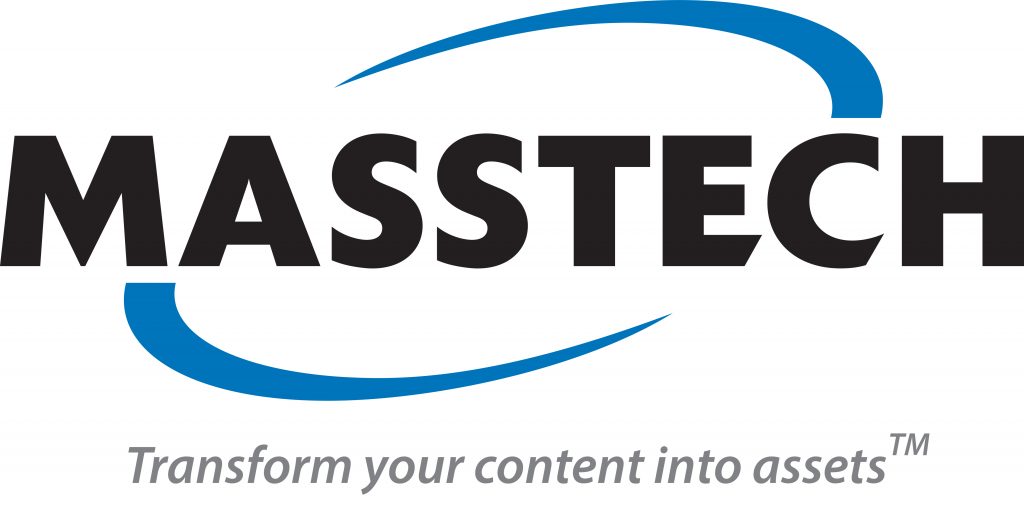How well are your broadcast operations performing? The chances are that you believe that things are good, but what is this belief based upon? Hard data, opinions or myth?
Benchmarking is the process of identifying and measuring a range of KPIs, and comparing these against similar organisations to help in assessing performance and identifying opportunities for improvement.
This improvement may be in terms of efficiency (cost), effectiveness (e.g. time to market for new content), quality of output (ratings), etc.There are a range of processes that are common to most public service and commercial broadcast organisations.
For example, news operations can be benchmarked by volume of output, time to capture and turn around breaking news stories, and the resources used to cover such a story.
Non-news activities such a promo production and preparation of 3rd party programme content for transmission and distribution can also be measured and compared.
Observation
For most operations, the only way to identify and capture this KPI information was by observation.
Literally, watching and measuring specific functions, and modelling this onto a standardised workflow. In order to provide comparators with other organisations, this process must be repeated multiple times, across multiple companies.
This process needs to be applied with care because few real-world workflows match standardised models.
Most broadcast organisations now have systems that collect and generate useful data. This might include a Broadcast Management System (BMS), often referred to as the scheduling system, or a Media Asset Management (MAM) system or Workflow Orchestration System.
However, although each of these systems often capture valuable information and provide some reporting capabilities, it is often difficult to access the raw data to allow analysis of data across multiple systems. This data needs to be unlocked.
You also need to know what to look for. Which metrics should you measure?
For example…
Let’s say that you are a broadcast service provider that is experiencing problems with content from a client’s production house. What is the problem? Has this happened before? How many times? Do others experience similar problems?
Or a broadcaster who wants to know how efficient your library and QC processes are, or how many man hours it takes to create your promos. How does this compare with the rest of the industry?
Or an OTT operator who wants analytics of your customers’ preferences and viewing habits. How does this compare to other platform operators?
All of this requires access to, and analysis of data.
Not just any old data, and certainly not too much, but the right data, at the right time, and presented clearly.
Comparison problems
In order to benchmark effectively, you need access to comparative data from other operations. This can be a real problem as most organisations are, understandably, reluctant to disclose information that they consider proprietary.
Several consulting organisations have previously tried this approach. Accenture unveiled a broadcast transformation model in 2005 that provided measurement criteria for production processes.
Allegedly, Accenture’s policy of not discussing one of their client’s business operations with another Accenture client (and this appears to be a common thread within the big consulting organisations) meant that data captured from a client during a study, even if was anonymised, could not be reused as a comparator for other studies.
This puts the large consulting companies at a significant disadvantage as many of them count a large number of broadcasters amongst their clients. Even if the work undertaken for a client has little to do with the broadcast operations (e.g. outsourcing of payroll) they could not refer to any aspect of that client’s business when dealing with another broadcaster.
A proven approach
Media Asset Capital has been collecting benchmark data from broadcast clients as part of our technology and workflow strategy assignments for over 10 years.
We have anonymised this information in order to protect client confidentiality, and a number of models have been created that allow for direct comparisons of specific operations across different organisations. Such projects have been undertaken by MAC across Europe, Scandinavia, the Middle East, Asia, Africa and Australasia.
Sometimes the results come as a complete surprise to the client. Several organisations that we have worked with had believed that parts of their operations were highly efficient, when the reality was the opposite.
Areas that had been considered inefficient have been found to be practically world class.
Solution focused
This process is not just about measuring efficiency and effectiveness; it must also provide solutions. This requires domain expertise and financial acuity in order to identify the right solutions, as solutions involve change, and change often incurs cost.
That’s why the process must include a financial analysis to determine the true costs (as opposed to the assumed costs) of the operations being examined, and the cost of change, whether it is in terms of technology, training or staff.
It is also important to look at the constraints to change. This could be the current skills base, staff relations, technology or space limitations. In more than one case, the solution identified has been to outsource some non-core activities in order to create the flexibility to improve key operations.
Staff engagement
Ensuring that the affected staff are engaged in the process is vital, and communication is key.
Many companies set mission statements, objectives and strategies, but often this doesn’t filter down because the average busy person cannot make the connection between the overall direction of the company and the job immediately at hand.
Communication with staff needs to be planned within any change project, and carried out with care and skill, and an understanding of the implications of any change on the individuals affected.
As broadcasting becomes more and more competitive, benchmarking provides a valuable tool to ensure that your operations are running as efficiently as possible, and effective change management is vital if solutions are to be implemented.




